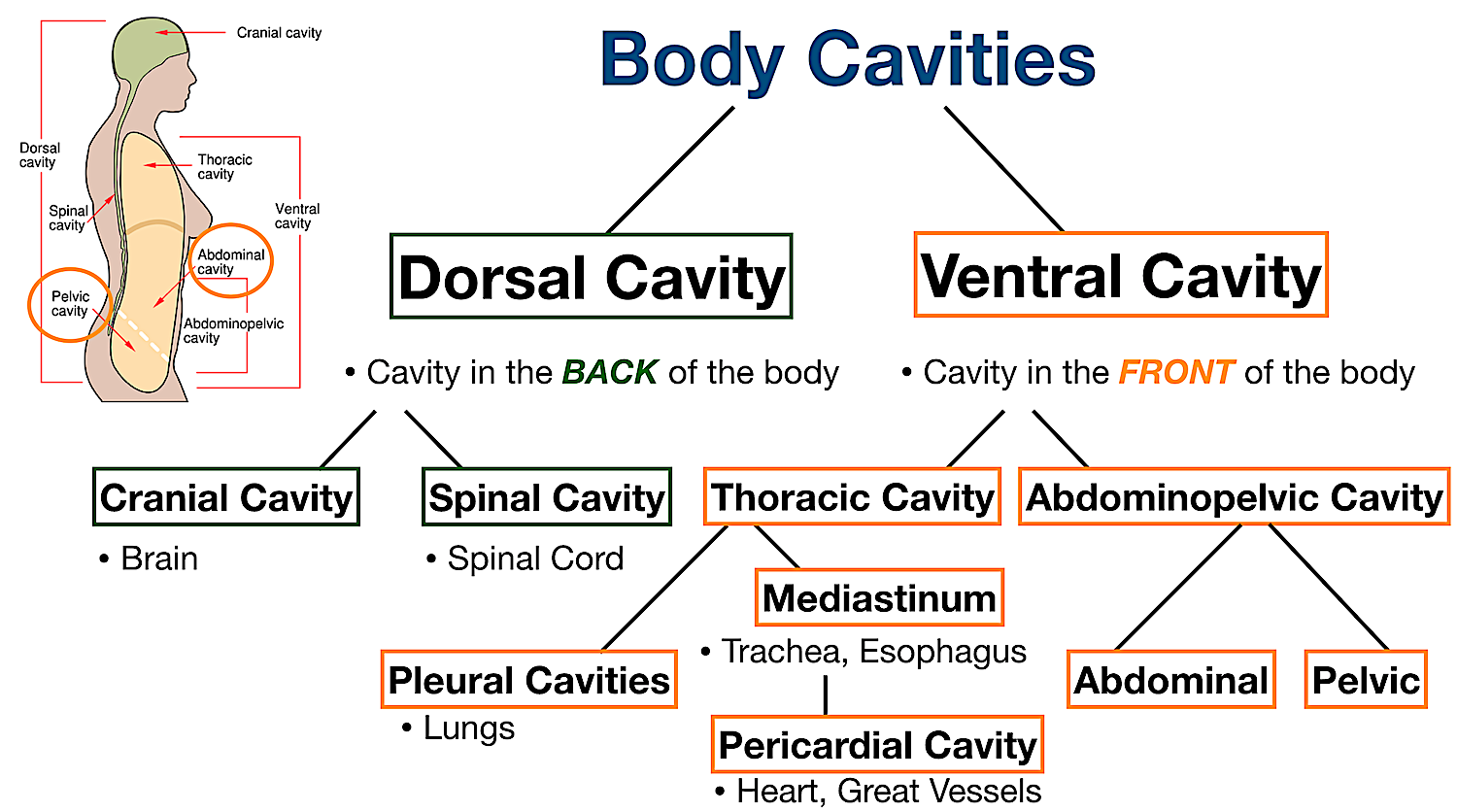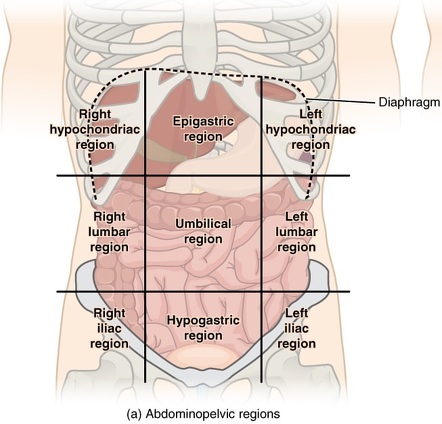A&P - Body Terms, Anatomical Positions & Directions, and Brief Desc. of Systems of Body (HS Junior Year)
1/70
Earn XP
Description and Tags
All of the paper flashcards I made for my Anatomy & Physiology class in my Junior year of High School but converted to a digital version :D
Name | Mastery | Learn | Test | Matching | Spaced |
|---|
No study sessions yet.
71 Terms
Scapular
Area of shoulder blades (posterior)
Vertebral
Spinal column (posterior)
Plantar
Sole of foot (posterior)
Sacral
Area between hips at base of spine (posterior)
Tarsal
Ankle (Posterior)
Fibular
Lateral part of leg (Anterior + Posterior)
Buccal
Cheek (Anterior)
Oral
Mouth (Anterior)
Antecubital
Front of elbow (Anterior)
Manus
Hand
Crural
Leg (Anterior)
Cervical
Neck (Anterior + Posterior)
Pelvic Order
Pelvic (area overlying pelvis entirely), Inguinal (groin), Pubic (genital) — (Anterior)
Axillary
Armpit (Anterior + Posterior)
Acromial
Shoulder (Anterior + Posterior)
Olecranal
Elbow (Posterior)
Thoracic
Area between neck and abdomen
Calcaneal
Heel of foot (Posterior)
Nasal
Nose (Anterior)
Pectoral
On chest (Anterior)
Popliteal
Back of knee (Posterior)
Mental
Chin (Anterior)
Sural
Calf (Posterior)
Patellar
Front of knees (Anterior)
Femoral
Thigh (Anterior + Posterior)
Coxal
Hip (Anterior)
Gluteal
Butt (Posterior)
Deltoid
Curve of shoulder (Anterior)
Pedal
Foot
Lumbar
Area of back between ribs and hips; the loin (Posterior)
Umbilical
Navel (Anterior)
Orbital
Eye (Anterior)
Mammory
Chest/Breast (Anterior)
Occiptal
Back of head (Posterior)
Digital
Fingers and toes (Anterior + Posterior)
Carpal
Wrist (Anterior)
Antebrachial
Forearm (Anterior + Posterior)
Frontal
Forehead (Anterior)
Cephalic
Head (Anterior and Posterior)
Brachial
Arm (Anterior + Posterior)
Sternal
Breastbone Area (Anterior)
Dorsal
Back
Superior
Above; Towards head (Ex. The head is SUPERIOR to the neck)
Inferior
Below; Away from head (Ex. The legs are INFERIOR to the waist)
Proximal
Close to point of attachment (Ex. The hand is PROXIMAL to the elbow)
Distal
Farther from point of attachment (Ex. The shoulder is DISTAL to the elbow than the hand is)
Medial
Towards the mid-line of body (Ex. The pinky is MEDIAL to the body)
Lateral
Away from mid-line of body (Ex. The thumb is LATERAL to the body)
Anterior
Towards the front; Frontside of body (Ex. Your chest is ANTERIOR)
Posterior
Behind; Backside of body (Ex. Your gluteus is on the POSTERIOR side)
Superficial
Closer to the surface (Ex. Skin is SUPERFICIAL)
Deep
Deeper (Ex. Lungs are more DEEP than skin)
Saggital Plane
Cut dividing body into left and right sections
Mid-Saggital Plane
Cut directly in middle of body, starting from skull
Frontal Plane (Coronal)
Divides body into anterior and posterior halves
Transversal Plane (Horizontal)
Divides body into superior and inferior sections
Body Cavities

Abdominal Regions
Right Hypochondriac, Epigastric, Left Hypochondriac, Right Lumbar, Umbilical, Left Lumbar, Right Iliac, Hypogastric, Left Iliac

Integumentary System
-Consists of skin, hair, and nails.
-Forms external body covering and protects deeper tissue from injury.
-Synthesizes Vitamin D.
-Sensory receptors, sweat, and oil glands.
Digestive System
Consist of the mouth, esophagus, stomach, small and large intestines, and rectum.
Breaks food down into absorbable nutrients that enter blood for distributions to body cells; indigestible food eliminated as feces.
Circulatory System
Consists of the heart and blood vessels.
Blood vessels transport blood.
Heart pumps blood.
Muscular System
Consists of skeletal muscles.
Allows manipulation of environment, locomotion, and facial expression.
Maintains posture.
Produces heat.
Skeletal System
Consists of cartilages, joints, and bones,
Provides protection for internal part of body.
Framework for muscles.
Blood cells formed within bones; stores minerals.
Nervous System
Consists of brain, sensory receptors, spinal cord, and nerves.
Fast-acting control system of body.
Responds to internal and external changes by activating appropriate muscles and glands.
Endocrine System
Consists of the pineal gland, pituitary gland, thyroid glands, thymus glands, adrenal glands, pancreas, testis, and ovary.
Glands that secrete hormones that regulate processes (growth, reproduction, development)
Reproductive System (Male)
Prostate gland, seminal vesicles, testis, scrotum, penis
Reproductive System (Female)
Mammary glands, uterine tube, ovary, uterus, vagina
Urinary System
Consists of kidney, ureter, urinary bladder, and urethra.
Eliminates nitrogen-containing wastes from body.
Regulates water, electrolyte, and acid-base balance of blood.
Lymphatic System
Consists of lymph nodes and lymphatic vessels.
Picks up leaked fluid from blood vessels and returns it to blood.
Disposes debris in lymphatic stream.
Houses white blood cells involved in immunity.
Respiratory System
Consists of nasal cavity, pharynx, larynx, trachea, bronchi, and lungs.
Keeps blood constantly supplied with oxygen and removes Carbon Dioxide.
Gas exchange occurs through walls of air sacs of lungs.
6 Levels of Structural Organization
Atoms
Cells
Tissues
Organs
Organ System
Organism